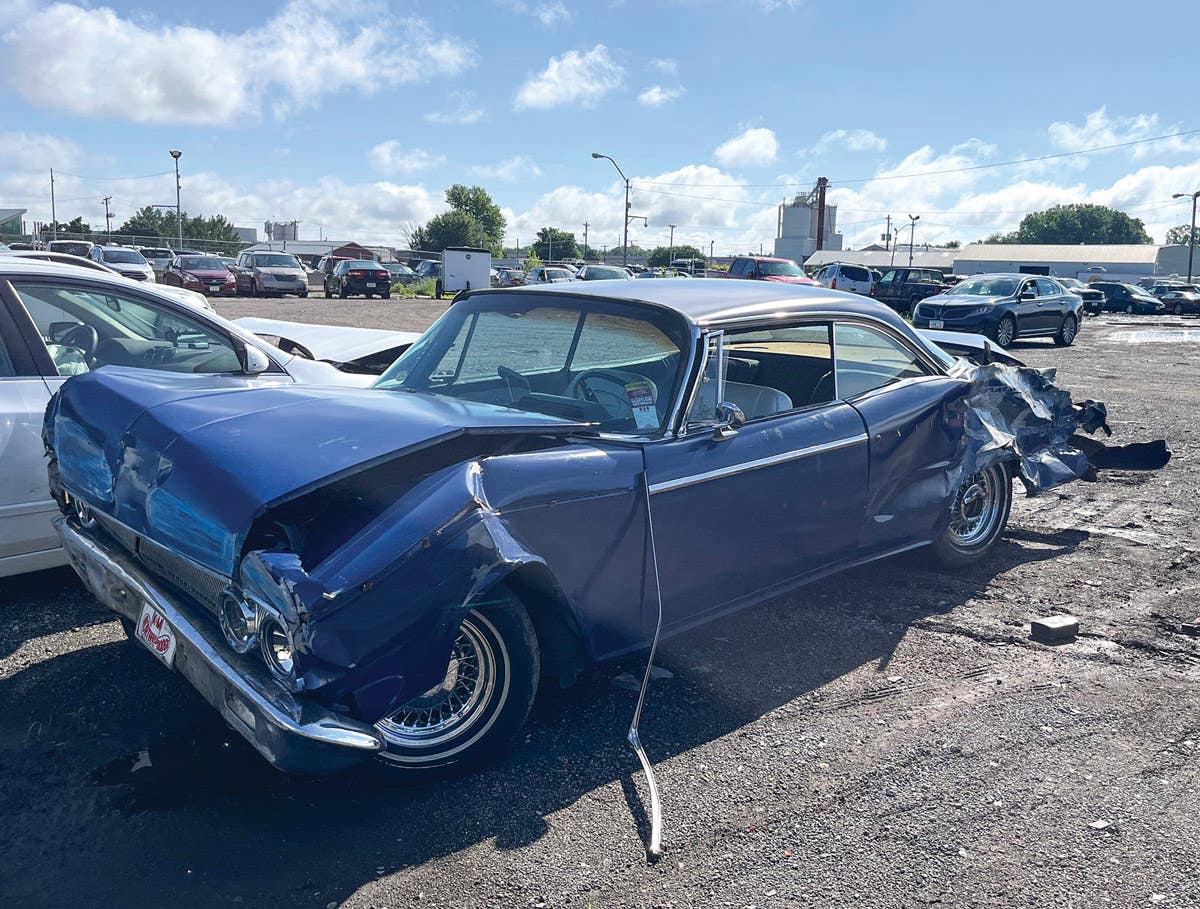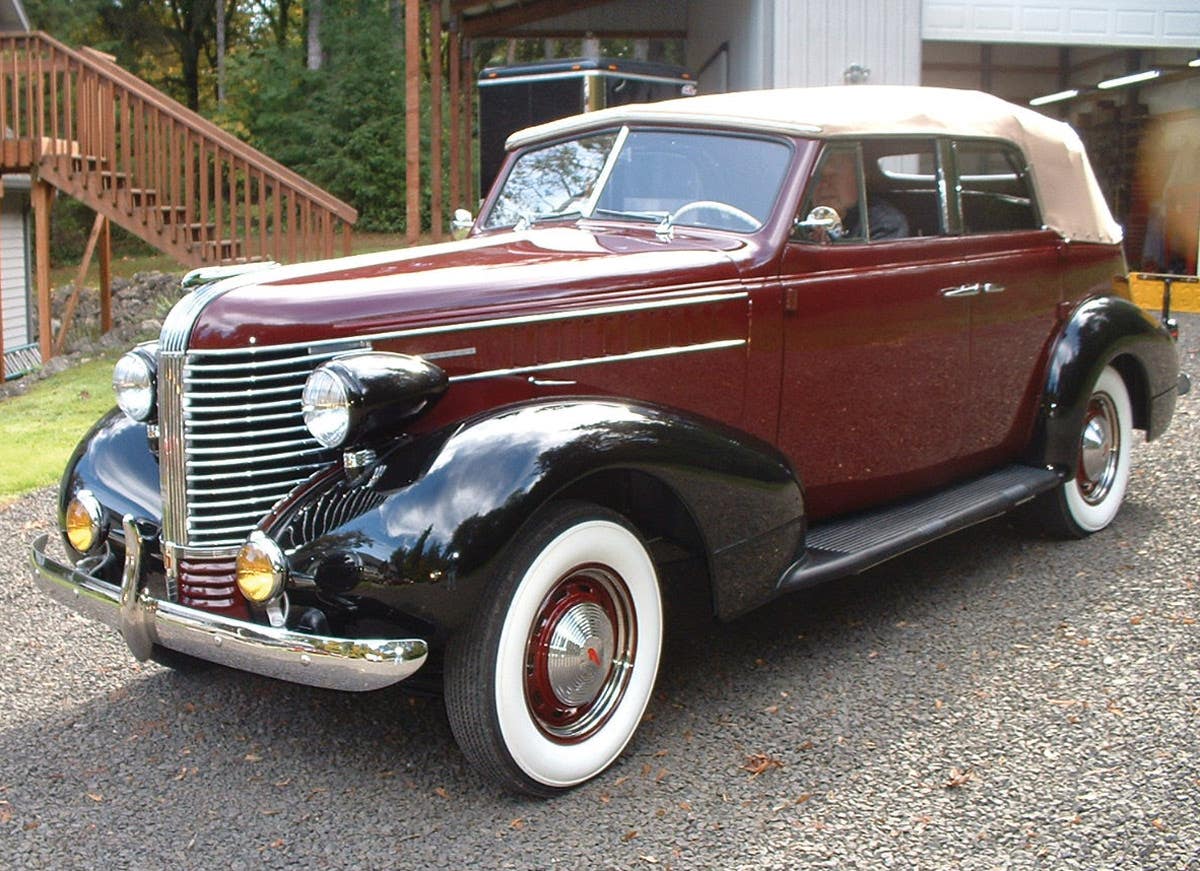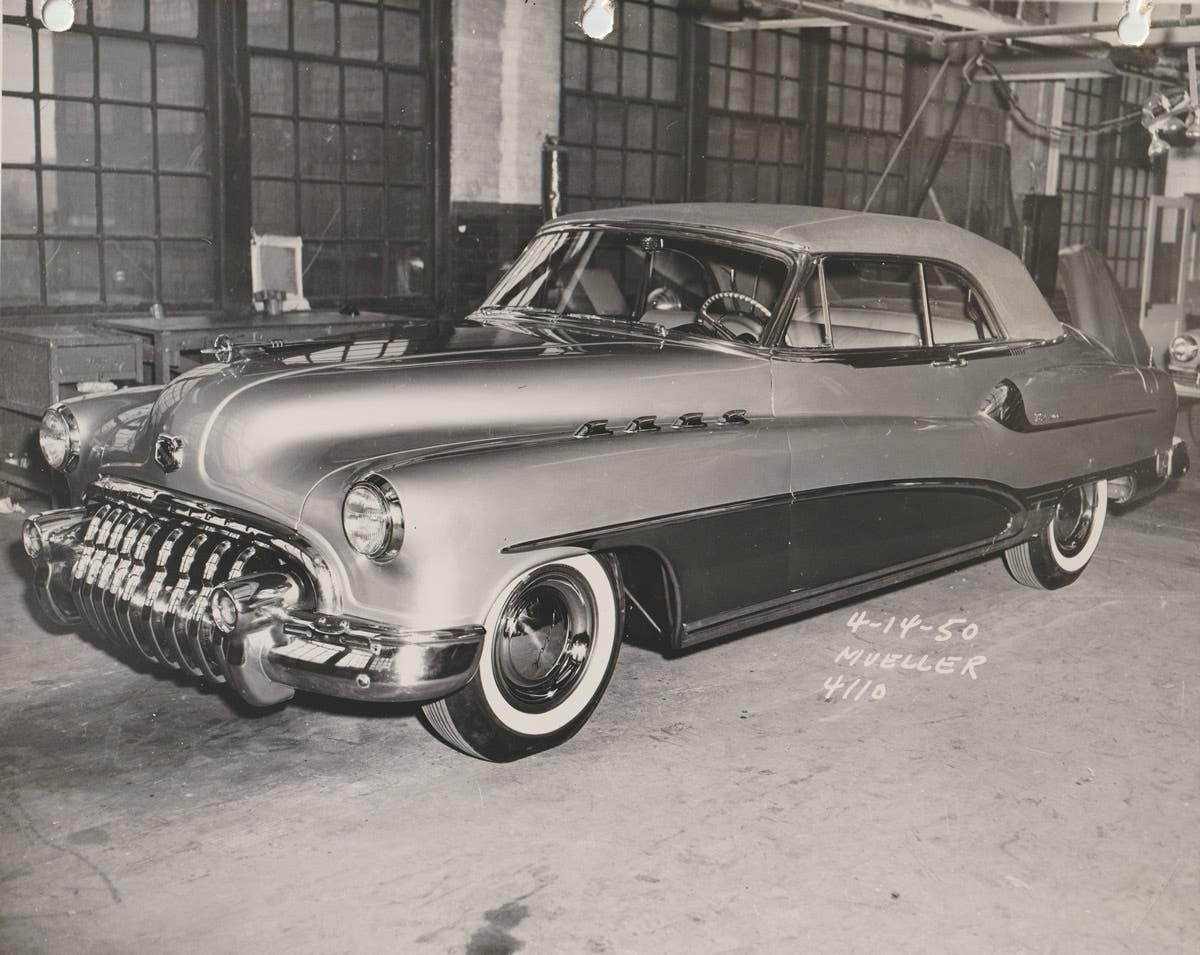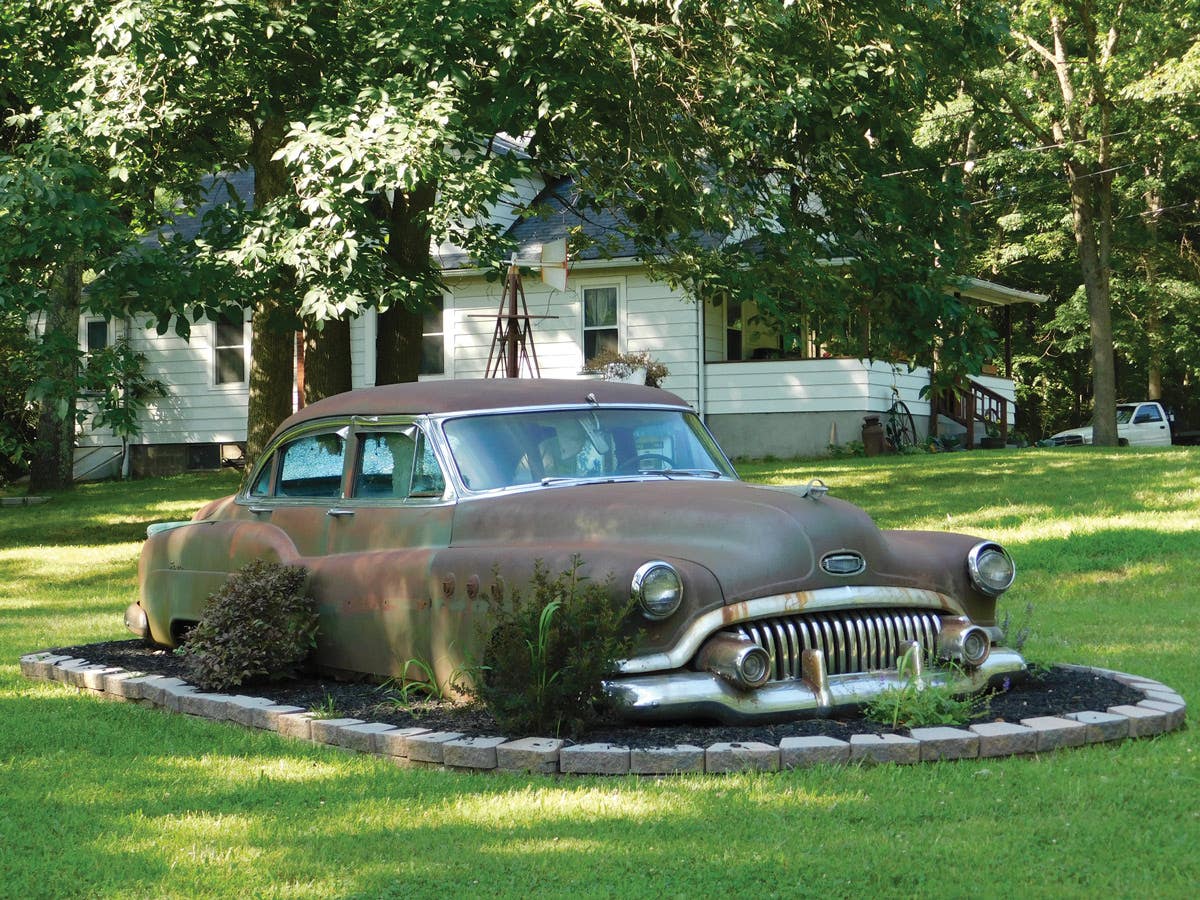Car of the Week: 1940 Chevrolet Master Deluxe
1940 Chevrolet advertised for sale on eBay in early January 2005 caught Pennsylvanian’s eye.
By Tom Jarboe
I called the seller in Pennsylvania and asked many questions about the car. All of his answers sounded positive and it sounded like the kind of car I wanted, but I wasn’t ready to buy.
By the time I decided I wanted the car it hadn’t sold and was no longer advertised. I called the seller and told him I was still interested in the car and made arrangements to go look at it the following weekend. On January 29 I went and test-drove the car.
The seller told me he bought it in 1983 in super-rough condition and spent about 10 years restoring it. The engine was rebuilt, it got a new Hampton Coach interior and a new black lacquer paint job. My wife convinced me that a restored car, not a rebuild candidate, was a better choice for me — something that would not be a huge challenge and potential headache, but one that I could tinker with, buy little knobs and things for, etc., and could enjoy driving. In February 2005 I went back with a trailer and bought it.
I’d rate his product as about a No. 3 (slightly minus) condition. For example, the running board mats were original rubber, and there was some de-lamination of the vent window glass. But to me that actually enhanced the charm of the car. It was old, but beautiful-old.
I’ve since replaced the vent glass, but the running boards are original and I’ll leave them that way.
After getting it home, I realized the car needed some things I hadn’t noticed, but they were the type of things that I was able to handle. The car had aftermarket turn signals, but they weren’t wired up. Noodling out that seven-wire harness was a great teaching experience about the car’s 6-volt electrical system. A friend of mine proved his friendship many times over — standing patiently behind the car with me under the dash: “Are they on now?”
The car had a really nice set of Guide fog lights, but those as well as the Guide spotlight weren’t wired up, either.
A bigger, more immediate concern was the smell of gasoline in the car. During my pre-purchase, windows-down, inspection of the car I had chalked this faint odor up to a “this is just an old car smell” issue. At home, overnight in my garage it was apparent that it was more than that. Being a business coupe, the gas tank is actually located inside the car, beneath a shelf that replaces the back seat. I took the car to a local garage; the owner there was an old car enthusiast who owned several cars like mine. He removed the gas tank and the bottom was corroded and damp with gasoline, not a dripping leak. Clearly there was some porosity in the metal. He jury-rigged a temporary tank set-up with a 1-gallon can to get me home. I debated having the tank restored and lined, but in the end spent the big bucks on a stainless steel tank from COTF.
The muffler, too, was corroded. I purchased and installed a stainless steel system. That turned out to be a significant effort, complete with the snapping off of an exhaust manifold stud, to be closely followed by the snapping off of the dreadfully misnamed “easy out” screw extractor. In the end, I obtained some dental drill bits from my dentist and laid under the car for hours with a Dremel tool eating out the remains of the broken bolt and extractor from the exhaust manifold flange.
These stainless steel retrofits together cost more than the original selling price of the car, but have proven to be great investments — no problems for 15 years and none expected.
The car is a business coupe model, the lowest-cost configuration for 1940. It is a two-door coupe, but without a back seat. The spare tire, instead of taking up room in the trunk, is located under the floor of the trunk in the space vacated by the gas tank. These arrangements allow for a significant increase in storage capacity, and the car was well suited for traveling salesmen or anyone who had to haul around a lot of merchandise in their job.
The car is a Master Deluxe model, the middle of three models that year. Most of the differences in the models are in little things like the trim, carpets, upholstery, etc., but the lower cost Master Model had a beam front axle, while the Master Deluxe and the higher-priced Special Deluxe had knee action front suspension.
Model year 1940 was Chevrolet’s first year for sealed beam headlights and the one-piece “alligator hood,” which opened from hinges on the cowl instead of the sides. However, this afforded less access to the engine compartment, so there are removable panels between the fenders and the hood that can be extracted with just two bolts. This gives the same access to the engine compartment as earlier models. It was also the last year for running boards on a Chevrolet.
The engine is the original 216-cubic inch in-line six cylinder producing 85 hp. Chevrolet later bored this block to 235 cubic inches and it was used up into the early 1960s. The first Corvettes used this engine.
Chevrolet had changed from a floor-mounted gear shift to the column-mounted “three on the tree” in 1939. Because the shift lever was now much shorter, they incorporated a vacuum assist feature into the linkage to make shifting gears easier. The previous owner had removed this on my car and I find the car shifts easily enough without it.
The rear end is a 4.11:1 ratio, which is great for climbing hills, but by the time I get to 55 miles an hour I wish I had another gear or overdrive. Most of my driving is in the 40 to 50 mph range, anyway, so it really doesn’t matter. Chevy did put a 3:73 rear in the lower-priced Master model for better fuel economy.
I have always liked the stock appearance of older cars and I intend to keep this car that way. Early on when people first began chopping cars up into hot rods these cars were only 10 or 20 years old and there were plenty of them around. It’s a different story today. By the time a beautifully designed automobile has managed to survive 80 or 90 years it’s time to leave it alone. When you watch a car show on TV you often hear the phrase “these are getting harder to find”, and then they proceed to destroy it. Chop up a 1995 Chevy Cavalier if you must, but leave the old stuff alone.
My concessions to hot rodding this car are the fuzzy dice on the mirror, the necker knob on the steering wheel and the whitewall tires. The car gets driven fairly regularly when the weather is nice, and my granddaughters in particular like to ride around the neighborhood in the “taxi”.
The first family car I can remember was a 1940 Chevrolet sedan. When my father wasn’t around my sister and I would climb all over it — it seemed like it was made out of cast iron. I went with my father when he traded it in on a used 1948 Buick. I remember sitting in the front seat, looking at the knobs and lights on this new strange dashboard, and wondering how my dad was going to figure out how to operate all this stuff?
The Chevy dash is pretty much bare bones. These days when I ride down the road and look out over the dash and the hood, I think about how this is the precisely the image my father viewed in his Chevy 70-plus years ago.
SHOW US YOUR WHEELS!
If you’ve got an old car you love, we want to hear about it. Email us at oldcars@aimmedia.com
*As an Amazon Associate, Old Cars earns from qualifying purchases.







